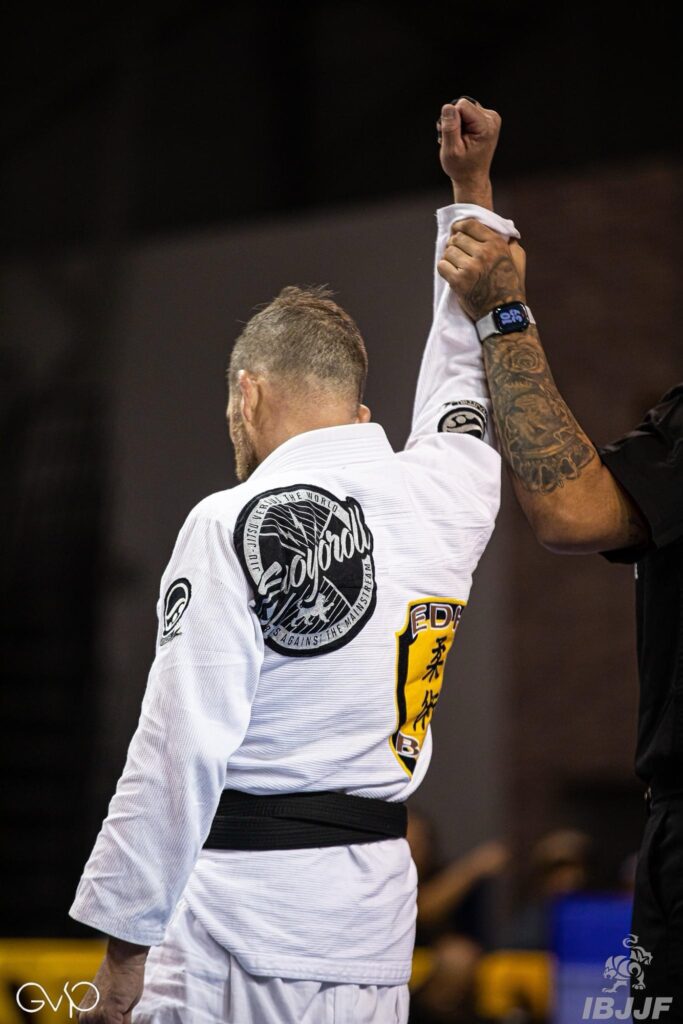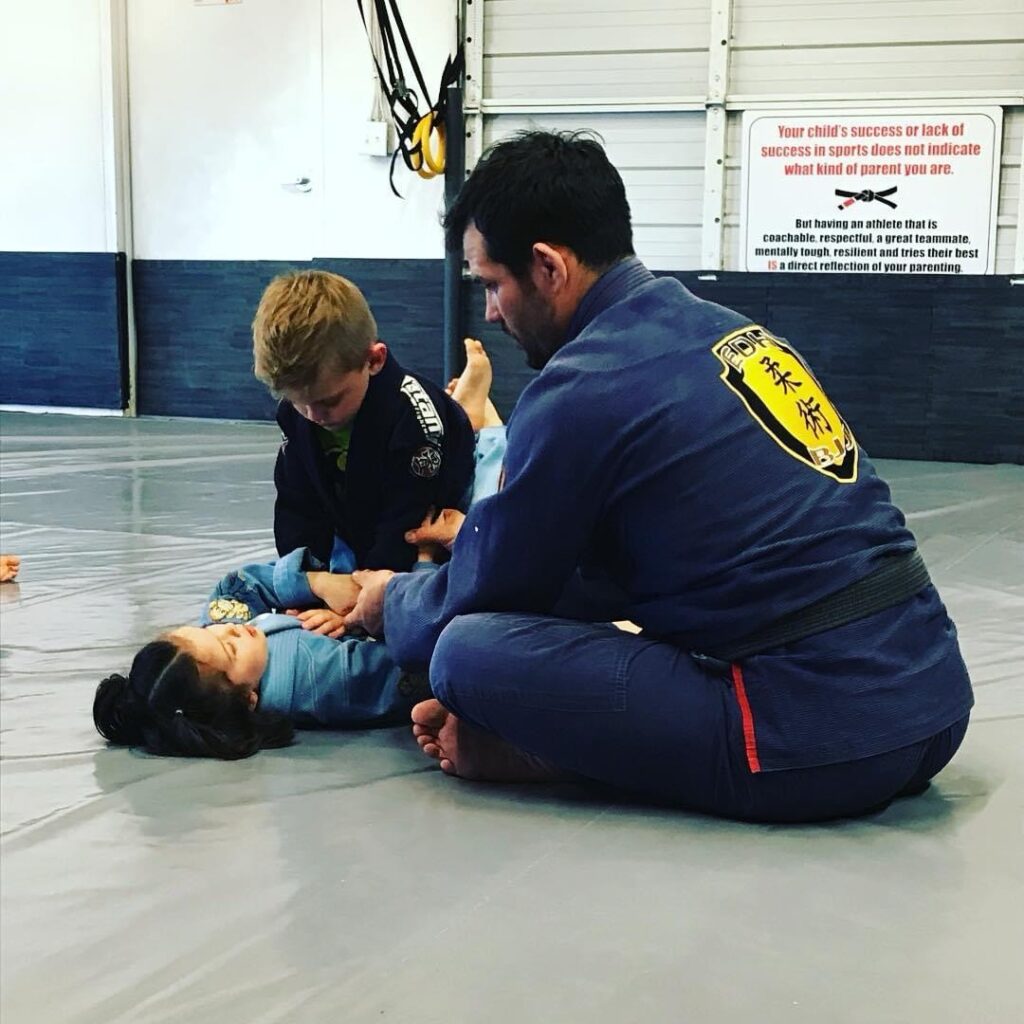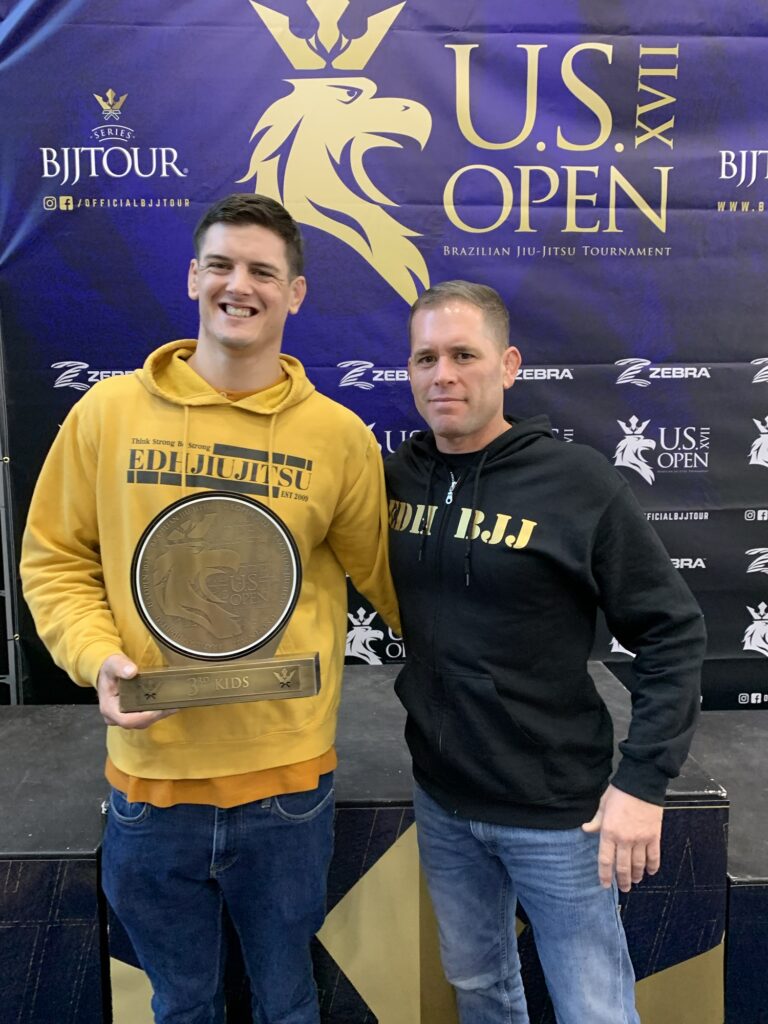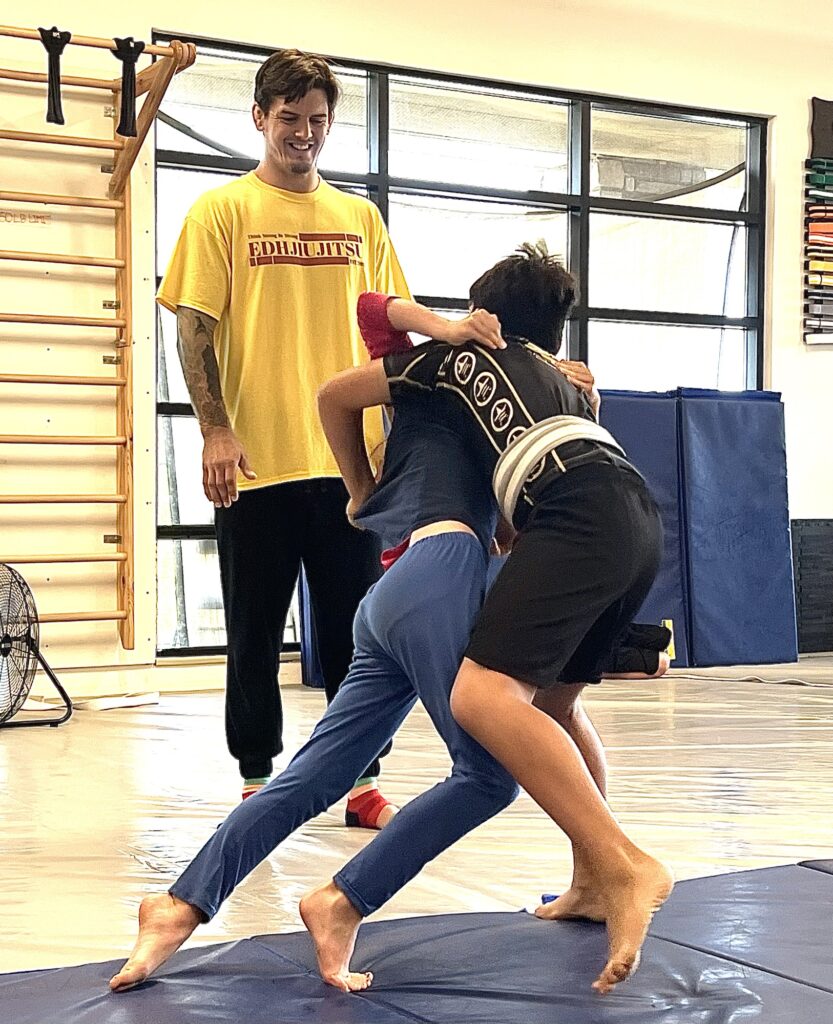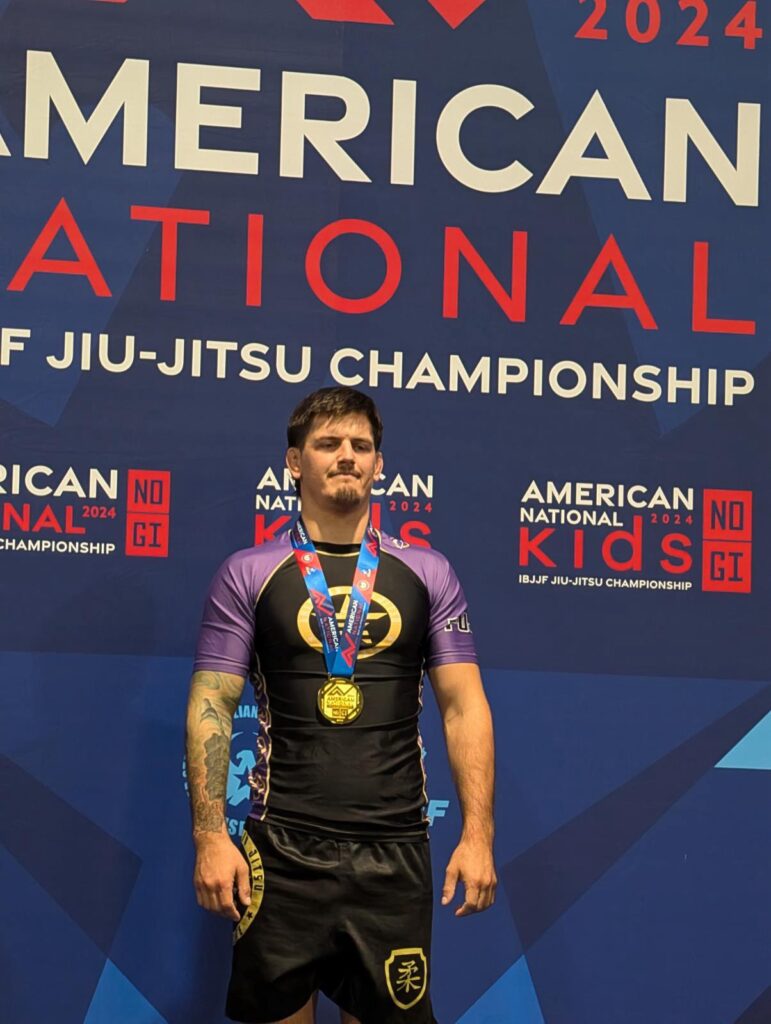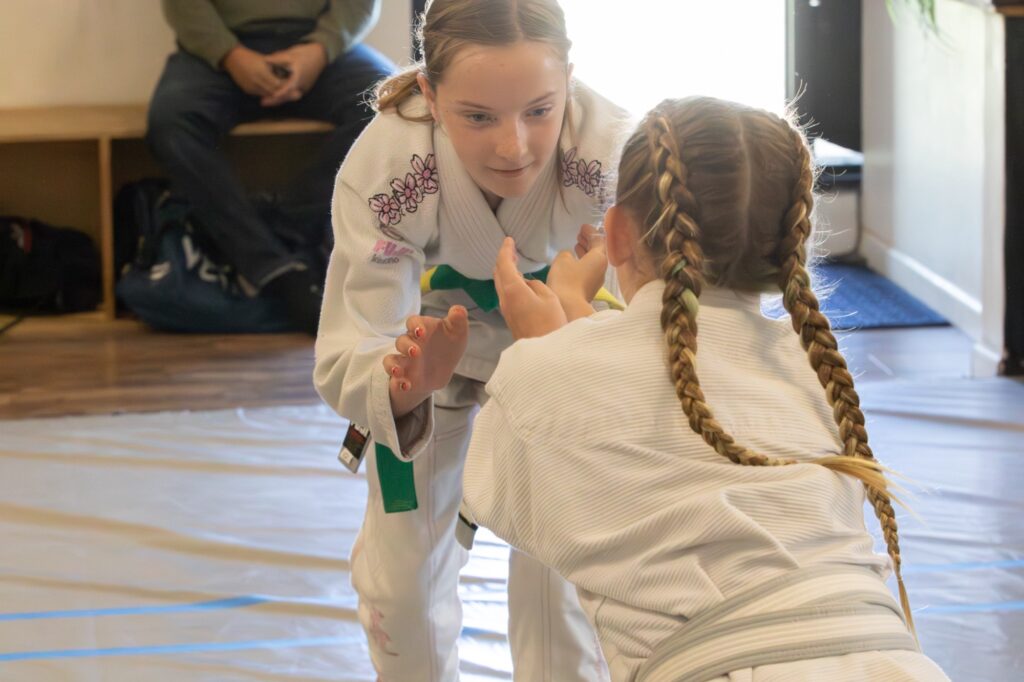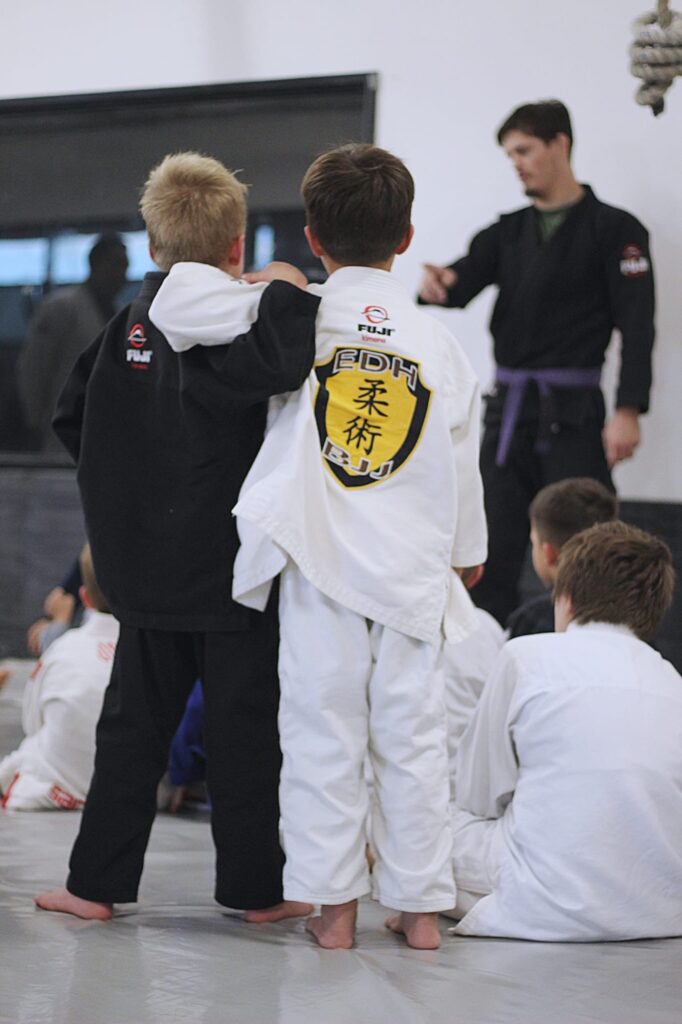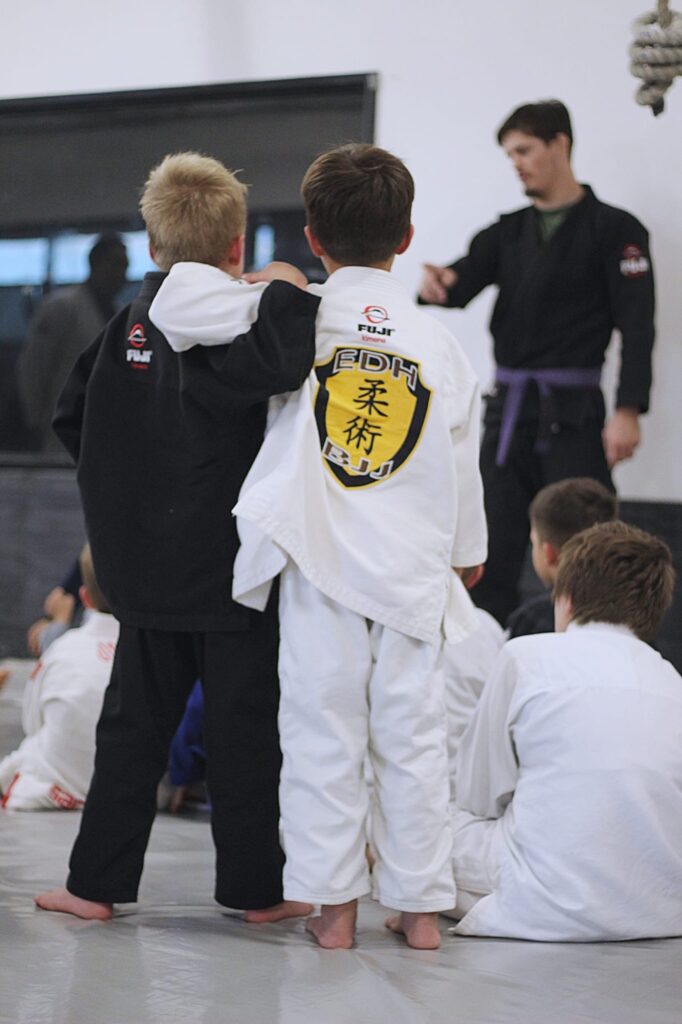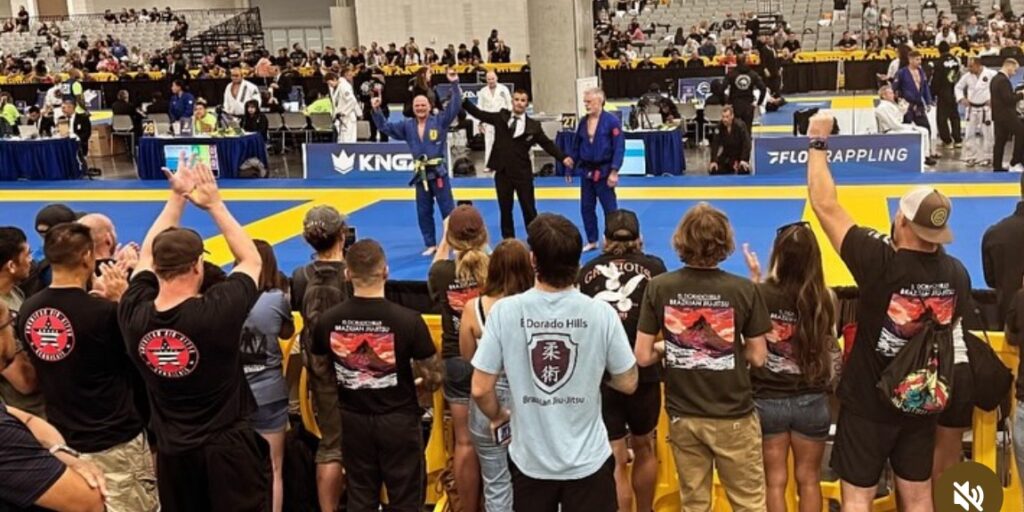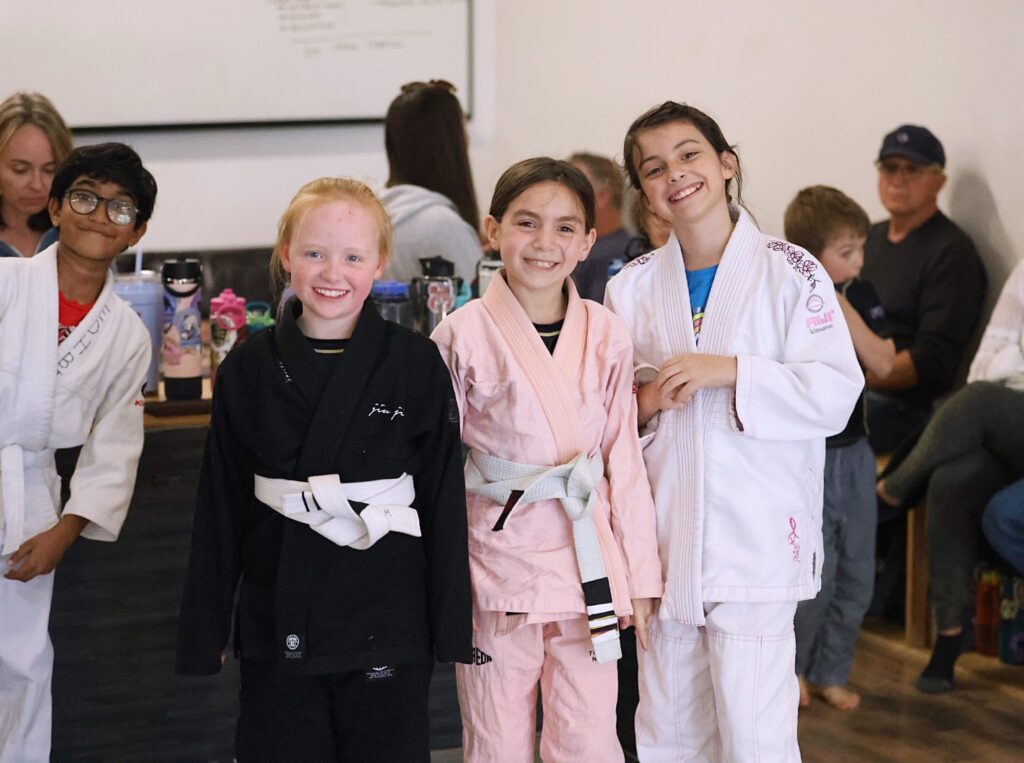Are you looking for martial arts classes in El Dorado Hills? Whether you’re a complete beginner, a seasoned competitor, or a parent searching for an engaging and disciplined activity for your child, El Dorado Hills Jiu Jitsu is the place to train.
Why Choose EDH Jiu Jitsu?
EDH Jiu Jitsu offers world-class Brazilian Jiu Jitsu (BJJ) instruction in a welcoming and supportive community. Our structured programs cater to all ages and experience levels, from kids’ classes to advanced adult training.
Benefits of Training Martial Arts at EDH Jiu Jitsu
- Learn Self-Defense – BJJ is one of the most effective martial arts for real-world self-defense.
- Build Confidence – Overcoming challenges on the mat helps develop mental resilience and self-assurance.
- Improve Fitness – Martial arts training enhances strength, flexibility, and endurance.
- Join a Supportive Community – At EDH Jiu Jitsu, you’ll train with like-minded individuals who push each other to grow.
Programs for All Levels
Kids Martial Arts in El Dorado Hills
Our youth program, divided into Peewee (ages 4-7), Kids (ages 7-10), and Juniors (ages 11-17), focuses on:



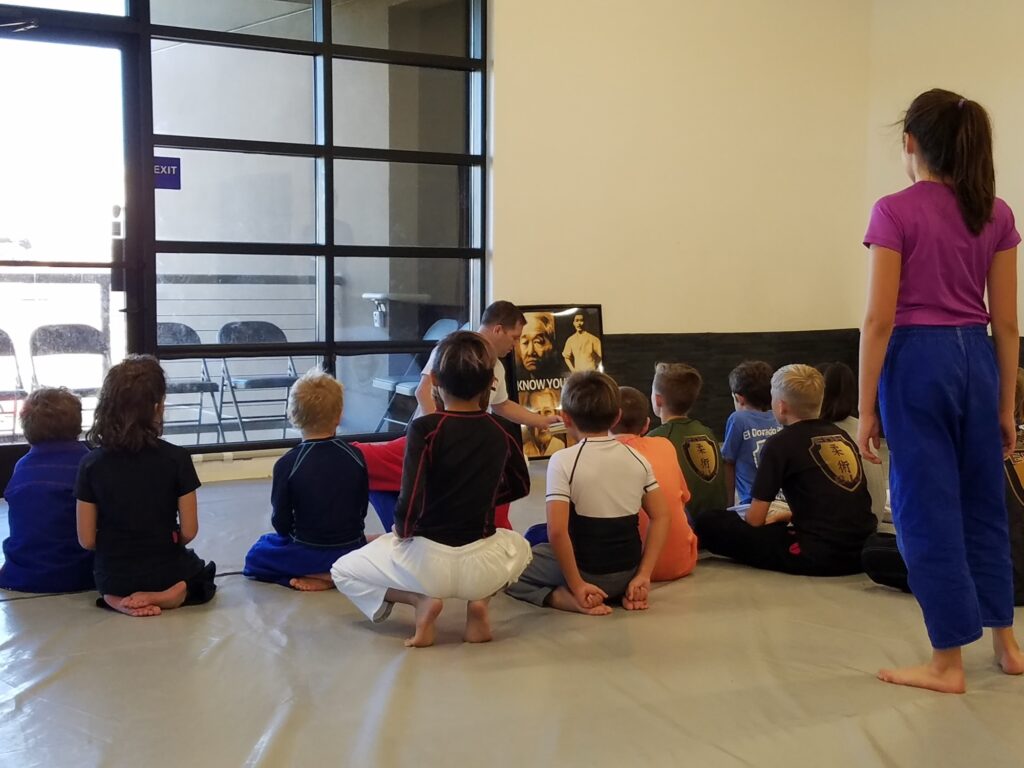
Adult Jiu Jitsu
Our adult program is designed for beginners to advanced competitors, offering structured training in both gi and nogi Jiu Jitsu. We provide:




Self-Defense & Competition Training
Looking to compete in Jiu Jitsu or enhance your self-defense skills? Our coaching staff, including experienced wrestlers and black belt instructors, will help you reach your goals.
Try a Class Today!
If you’re looking for martial arts in El Dorado Hills, come try a class at EDH Jiu Jitsu. Whether you want to get in shape, learn self-defense, or compete at a high level, we have a program for you.


Train hard. Stay humble. Keep learning. Join EDH Jiu Jitsu today!
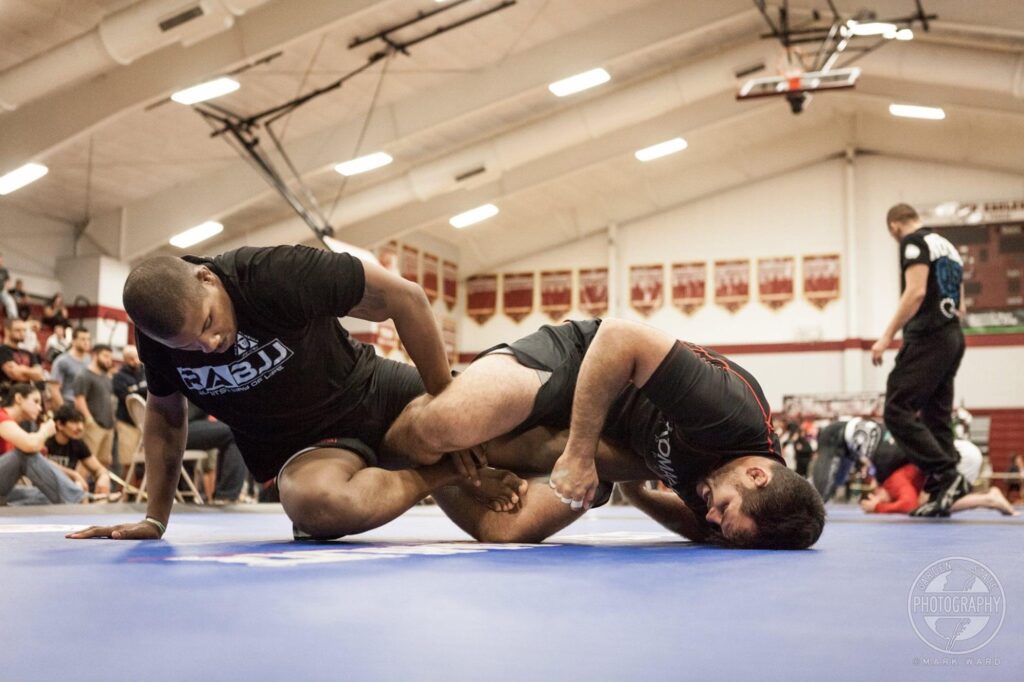
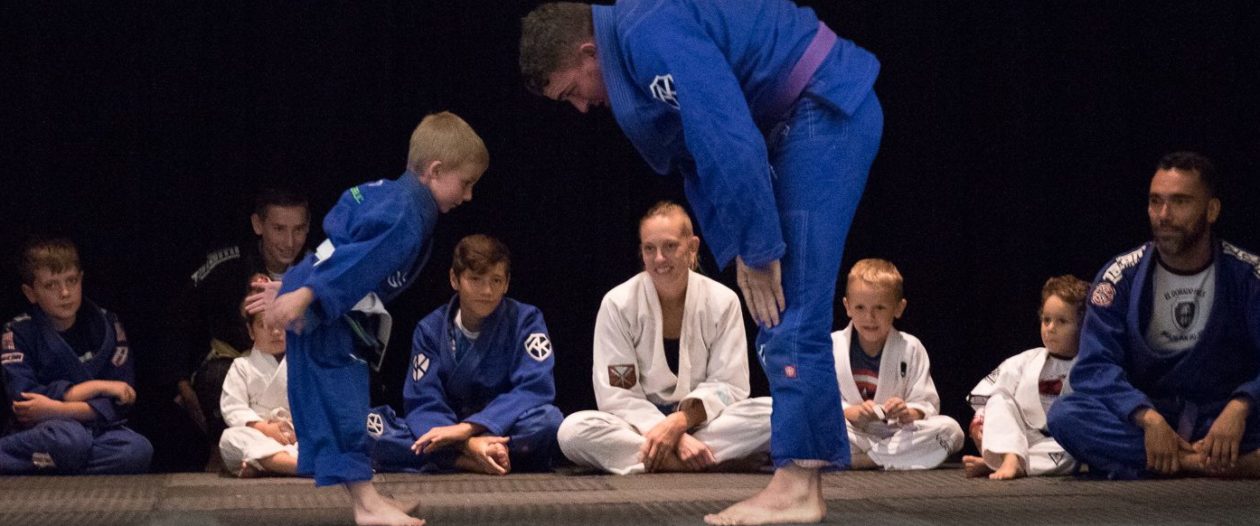

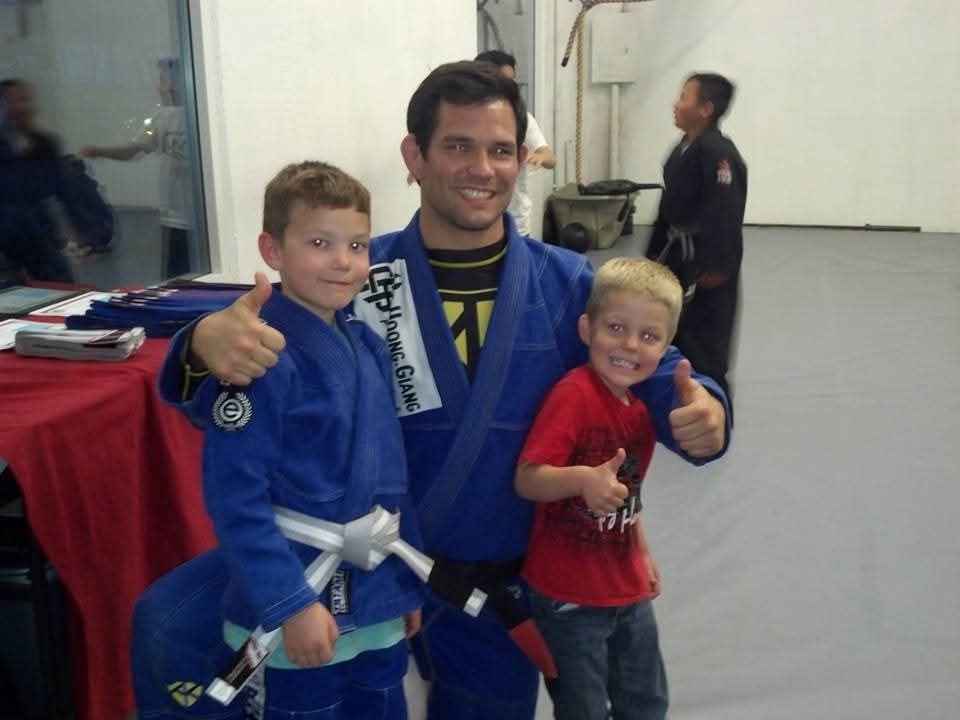
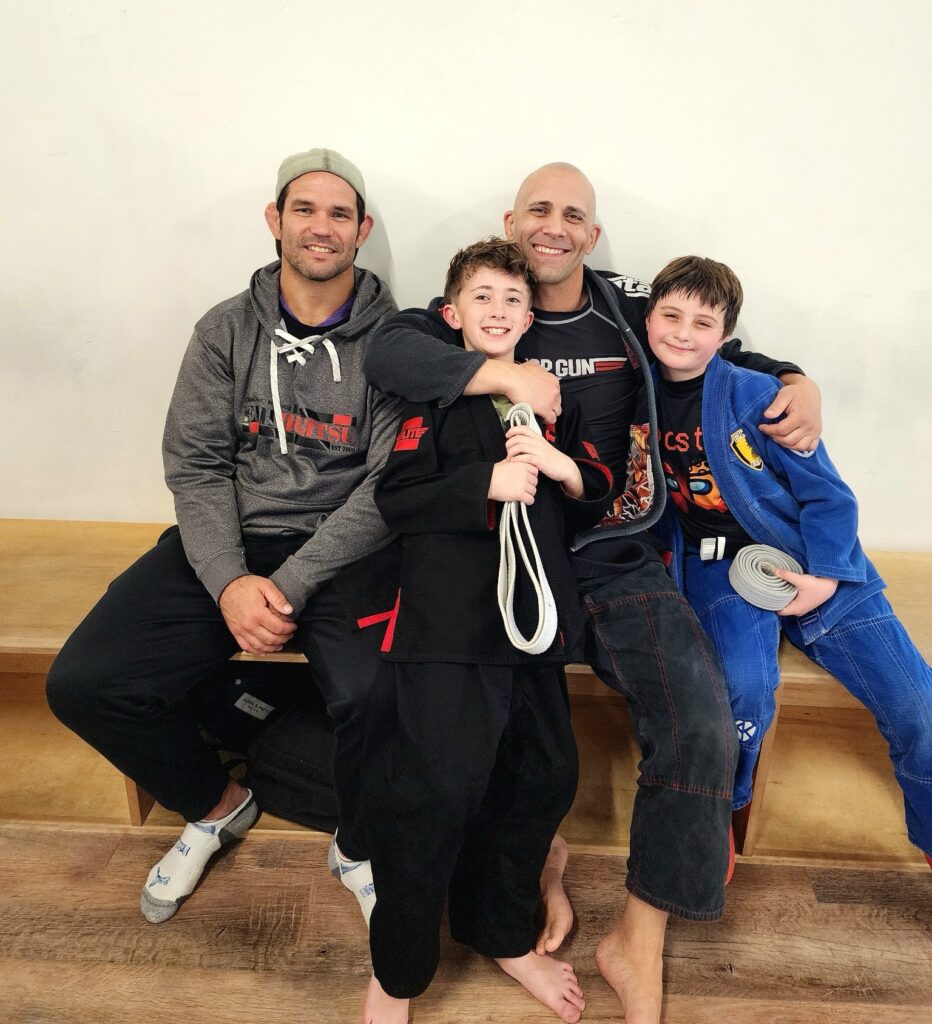
 Learn Effective Self-Defense – We teach real-world techniques that help students protect themselves while emphasizing control and awareness.
Learn Effective Self-Defense – We teach real-world techniques that help students protect themselves while emphasizing control and awareness.
 Sign Up for a Trial Class: [ edhbjj@gmail.com ]
Sign Up for a Trial Class: [ edhbjj@gmail.com ]
